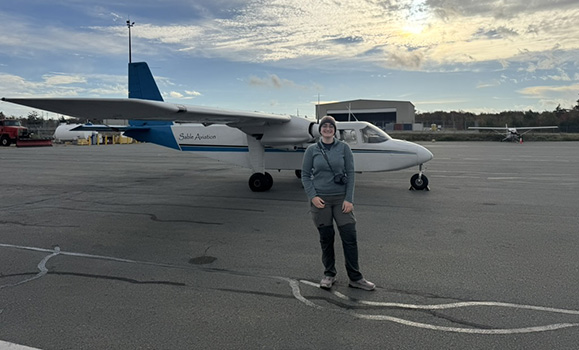When May Engelhardt stepped onto the windswept sands of Sable Island this month, she knew she was taking part in a unique experience as an undergrad by visiting a protected island to carry out her own independent field research.
The crescent-shaped island, located about 300 kilometers southeast of Halifax in the Atlantic Ocean, is home to wild horses, sprawling dunes, and species found nowhere else on Earth.
May, a third-year student, travelled there as the 2025 recipient of the Inspired by Sable Island Post-Secondary Award, presented by the in partnership with . Her proposal to carry out a survey of horse and seal scat вАФ excrement вАФ for evidence of invertebrates was chosen for its originality and strong conservation focus.
It still doesnвАЩt feel real.
вАЬIt still doesnвАЩt feel real,вАЭ she said, recalling the moment she got the news. вАЬI applied on the 25th, and suddenly I was packing gear and checking weather reports.вАЭ
Stepping onto Sable Island
May departed Halifax early on October 8 for the day-long research trip, boarding a small plane with pilot Debbie Brekelmans, who has logged more than a thousand flights to the island. She joined Melanie Taljaard from Friends of Sable Island and Sarah Medill from Parks Canada, with support from April Hennigar, chair of the Friends of Sable Island Society.  
After about an hour in the air, the island's dunes appeared out of the mist. 
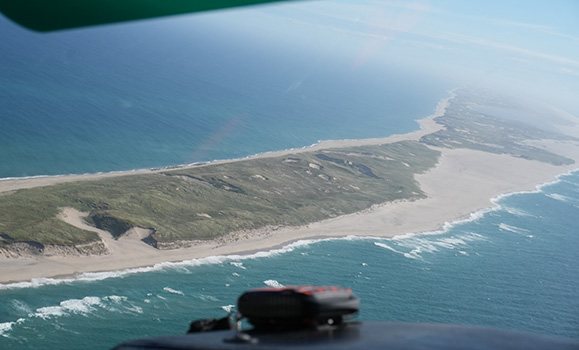
The island appears. (May Engelhardt photo)
вАЬLanding felt surreal,вАЭ she says. вАЬSable Island is indescribable. Once we arrived, we had a briefing and toured the main research facility and then drove down to South Beach so I could start surveying.вАЭ
During her day on the island, May conducted naturalistic observations and invertebrate surveys on insects found in horse and seal droppings. Careful not to disturb the animals or their habitat, she used a telephoto and a macro lens camera to document her findings on these species while filling out her data collection sheets.  
Finding confidence
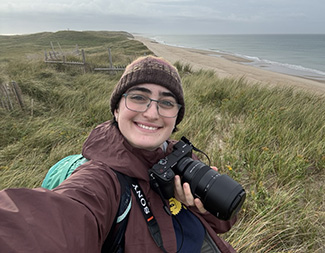 Preparing for a solo field expedition came with challenges. May admits she was nervous.  
Preparing for a solo field expedition came with challenges. May admits she was nervous.  
вАЬI must have packed and repacked ten times,вАЭ she says. вАЬI borrowed equipment from the lab, checked lists with my mentors, and tried to remind myself I could actually do this.вАЭ
Even with her preparation, reality didnвАЩt hit until she boarded the plane. вАЬThe excitement didnвАЩt really kick in until that morning,вАЭ she says. вАЬBut once I was in the air, the fear turned into excitementвАЭ.
Lessons from the island
Being on Sable Island changed how May sees her work and herself.  
вАЬI wanted to see everything,вАЭ she says, вАЬbut I had to remind myself that curiosity needs to come with care. One wrong step could disturb a sparrow nest or damage insect larvae.вАЭ
That mindfulness is part of being a conservation biologist, she says. вАЬItвАЩs about knowing that your presence has an impact and learning to minimize it.вАЭ
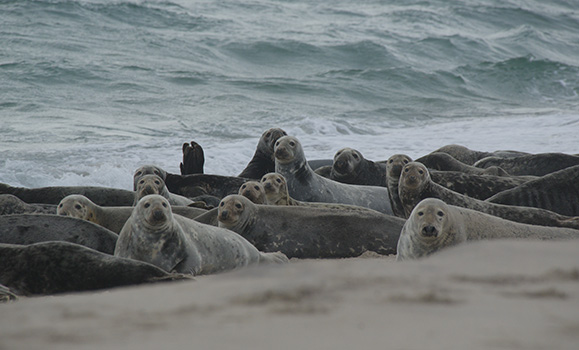
Sable Island seals. (May Engelhardt photo)
Through her research, May learned to identify the invertebrates found in horse and seal scat, small but important clues about how nutrients move through Sable Islands ecosystem. Her work gave her a closer look into how each species plays into the Island's delicate balance.
She also learned about the efforts to conserve the Island's unique species, from the large grey seal haul down to the endemic bee species pollinating the Island's flowers. Her observations contribute to ongoing research with Parks Canada as well as her own research efforts.
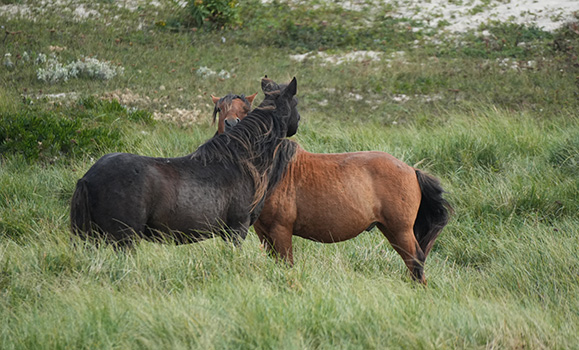
The island's famed wild horses. (May Engelhardt photo)
Inspiring the next generation
Back in Halifax, May credits her mentors and peers for helping her discover the opportunity and apply for it.  
вАЬDr. Shelley Adamo and Professor Isabelle Aube have been amazing,вАЭ she says. вАЬAnd my sister HelenвАЩs encouragement meant everything to me.вАЭ
Winning the award вАФ which also came with a $500 prize вАФ and leading her first independent field work project has boosted her confidence as a biologist.¬†¬†
вАЬThis was my first time going out into the field on my own,вАЭ she says. вАЬNow I know I can contribute something meaningful.вАЭ
